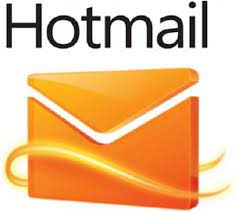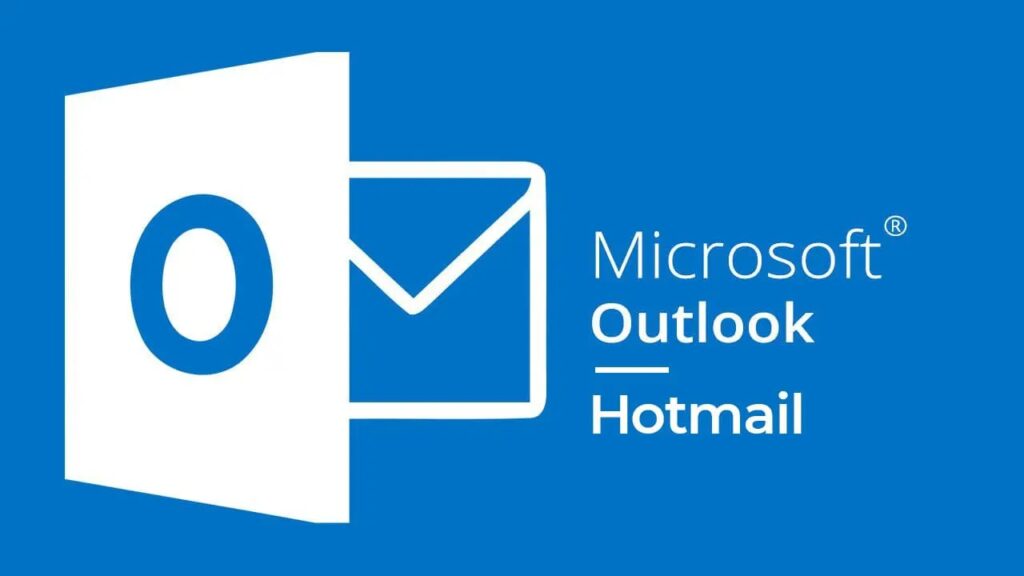In the ever-evolving landscape of email services, Hotmail stands as a pioneering platform that has paved the way for modern email communication. From its inception in the mid-1990s to its transformation into Outlook.com, Hotmail has consistently adapted and innovated to remain relevant in a world driven by digital communication. In this article, we’ll take a journey through the history of Hotmail, exploring its origins, key milestones, and its place in the current email ecosystem.
The Birth of Hotmail
Hot-mail was founded in July 1996 by Sabeer Bhatia and Jack Smith. What made it revolutionary was the fact that it was one of the first web-based email services accessible from any device with an internet connection. This was a significant departure from the prevalent desktop email clients of the time, which tied users to a single computer.

Hotmail’s early strategy was simple but effective: offer free email accounts to users, supported by banner advertisements. The allure of free email accounts made it an instant hit, and within a year, it had amassed millions of users.
The Microsoft Acquisition
Hotmail’s rapid growth attracted the attention of tech giant Microsoft. In December 1997, Microsoft acquired Hotmail for an estimated $400 million, a move that would prove pivotal in the platform’s development. Under Microsoft’s ownership, Hotmail underwent significant improvements, including increased storage capacity, spam filtering, and integration with other Microsoft products.
Rebranding as Outlook.com
In 2013, Microsoft decided to rebrand Hotmail as Outlook.com. This rebranding aimed to bring Hotmail into the modern era while aligning it with Microsoft’s suite of productivity tools, including Microsoft Office. Outlook.com retained many of Hotmail’s features, but it also introduced a more streamlined and visually appealing interface.
Outlook.com also integrated seamlessly with other Microsoft services, such as OneDrive and Skype, making it a one-stop hub for communication and productivity. This integration helped Outlook.com maintain its relevance as email services continued to evolve.
Features and Functionality
Outlook.com offers a range of features that cater to both personal and business users. Some of its notable features include:
- Ample Storage: Users enjoy generous storage capacity for emails and attachments, ensuring that they can keep their communication history intact.
- Integration with Microsoft Office: Outlook.com seamlessly integrates with Microsoft Office Online, allowing users to create, edit, and collaborate on documents and spreadsheets directly from their email account.
- Focused Inbox: The Focused Inbox feature intelligently categorizes emails into “Focused” and “Other” tabs, helping users prioritize important messages.
- Calendar Integration: Users can manage their schedules with the built-in calendar, which syncs with other Microsoft services and third-party calendar apps.
- Strong Security: Outlook.com places a strong emphasis on security, offering two-factor authentication, spam filtering, and robust encryption to protect users’ data.
- Customizable Interface: Users can personalize their Outlook.com experience with customizable themes and layout options.
Conclusion
Hotmail journey from its pioneering days to its evolution into Outlook.com showcases the resilience and adaptability of a digital service in a rapidly changing landscape. While it has faced competition from various email providers over the years, its integration with the Microsoft ecosystem and commitment to user-centric features have allowed it to remain a popular choice for millions of users worldwide.
As email continues to be an integral part of our daily lives, the story of Hotmail reminds us of the importance of innovation and adaptation in staying relevant and meeting the evolving needs of users. Whether you’re a longtime Hotmail user or a newcomer to Outlook.com, the platform’s legacy is a testament to the enduring power of email as a communication tool.

